Hathalini At Flow Yoga Georgetown with Laura J.

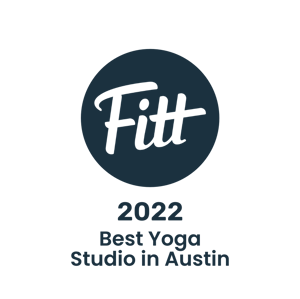



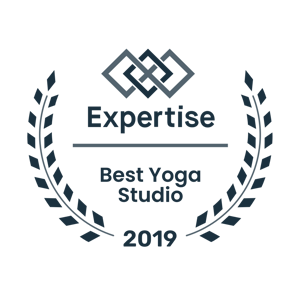
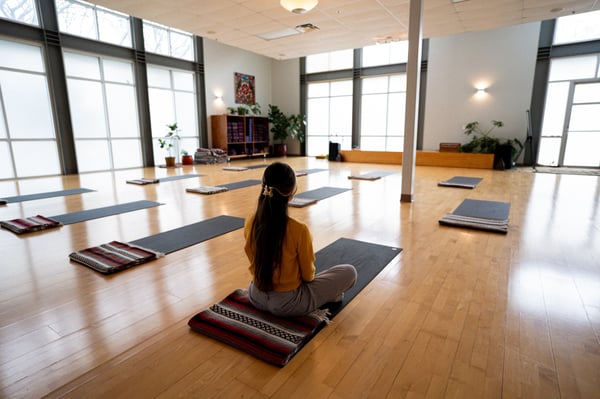
Unwind with our restorative classes, sweat it out in a hot yoga class, or experience traditional yoga. Feeling something in between? Choose from the widest selection of class options in Texas.
See the classesThere's a reason thousands of students have called Flow their second home for over a decade. Come experience yoga that makes you feel at home.
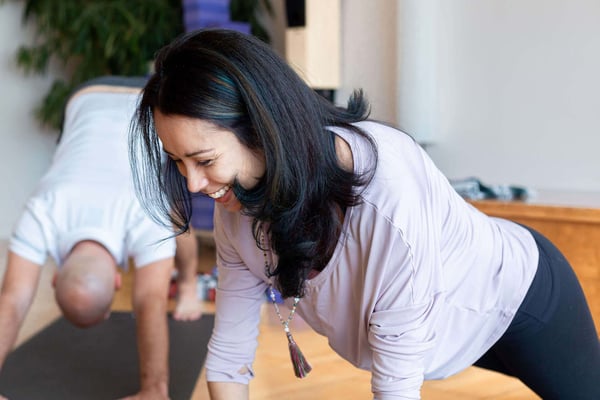
There's a reason thousands of students have called Flow their second home for over a decade. Come experience yoga that makes you feel at home.
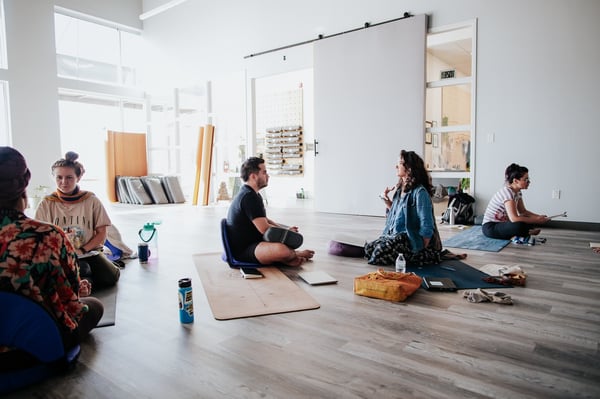
What started as a tiny studio with friends, Flow is now one of the fastest growing wellness brands and headed up by a powerhouse of women.
About FlowWith locations all over Austin and memberships that get you unlimited yoga at all Flow locations, we've got you covered.
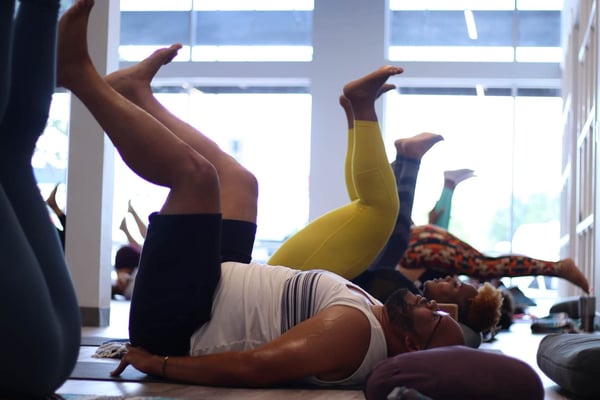
Flow Yoga Cedar Park studio is one of the highest rated studios in Texas. Its one of the few studios to offer both heated and non-heated classes which gives the studio a very wide range of class offerings from traditional to heated power.
Whitestone and 183
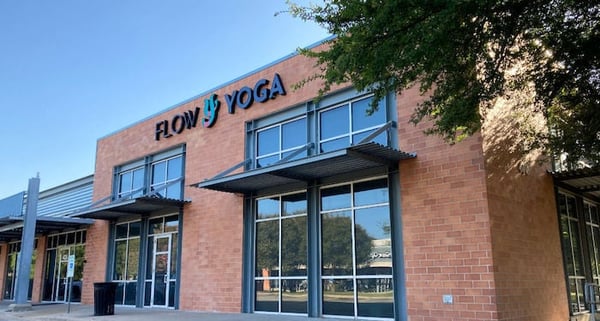
Flow Yoga Westgate is one of the largest yoga studios in the country, Flow Yoga Westgate in South Austin has rooms that host 90 yoga students all the way down to intimate 1 × 1 rooms.
South Austin
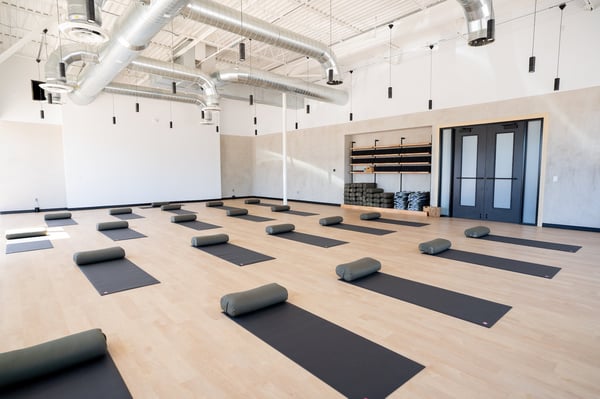
Flow Yoga Georgetown has two large studios, a cacao bar and tea lounge, and our famous diversity: hatha, vinyasa, kundalini, meditation, community events and much more.
N Austin Av

3rd Eye Lounge is spread across an entire wellness village right in the heart of Zilker Park. 3rd Eye is famous for its handmade cacao drinks and incredibly vibrant community.
Zilker Austin
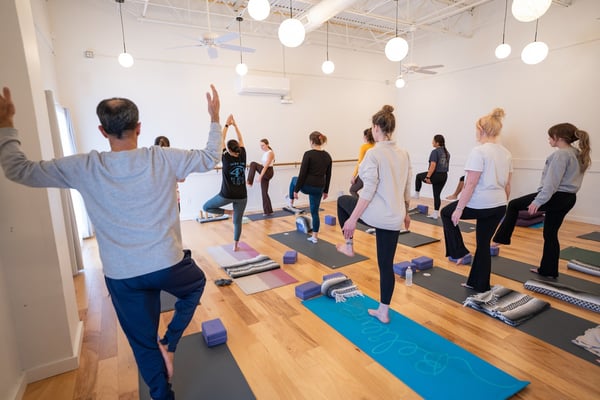
Flow Yoga North Loop is a gorgeous new studio in central Austin with a collection of modalities like yoga, sound healing, massage and acupuncture.
North Central Austin
Yoga is like a tightrope walker for your body. It can help improve your balance by strengthening your core and leg muscles, and improving your proprioception (your body's awareness of its position in space). Plus, it's a lot more fun than walking a tightrope all day.
Yoga can help with chronic pain like a soothing balm for your body. It can help reduce pain and stiffness, improve flexibility, and increase strength. Plus, it's a lot more fun than suffering in silence.
The breath is like the DJ of your yoga practice - it sets the rhythm and keeps everything flowing smoothly. It helps you stay focused, calm, and connected to your body as you move through the poses.
Yoga helps with mental focus and concentration like a superhero cape, giving you the power to stay on task and achieve your goals. It can help you learn to quiet the mind, reduce distractions, and increase mental clarity. Plus, it's a lot more comfortable than wearing a cape.
Yoga helps with vitality like a shot of espresso, only without the jitters and crash. It can help improve circulation, boost energy levels, and reduce fatigue. Plus, it's a lot more relaxing than chugging caffeine.